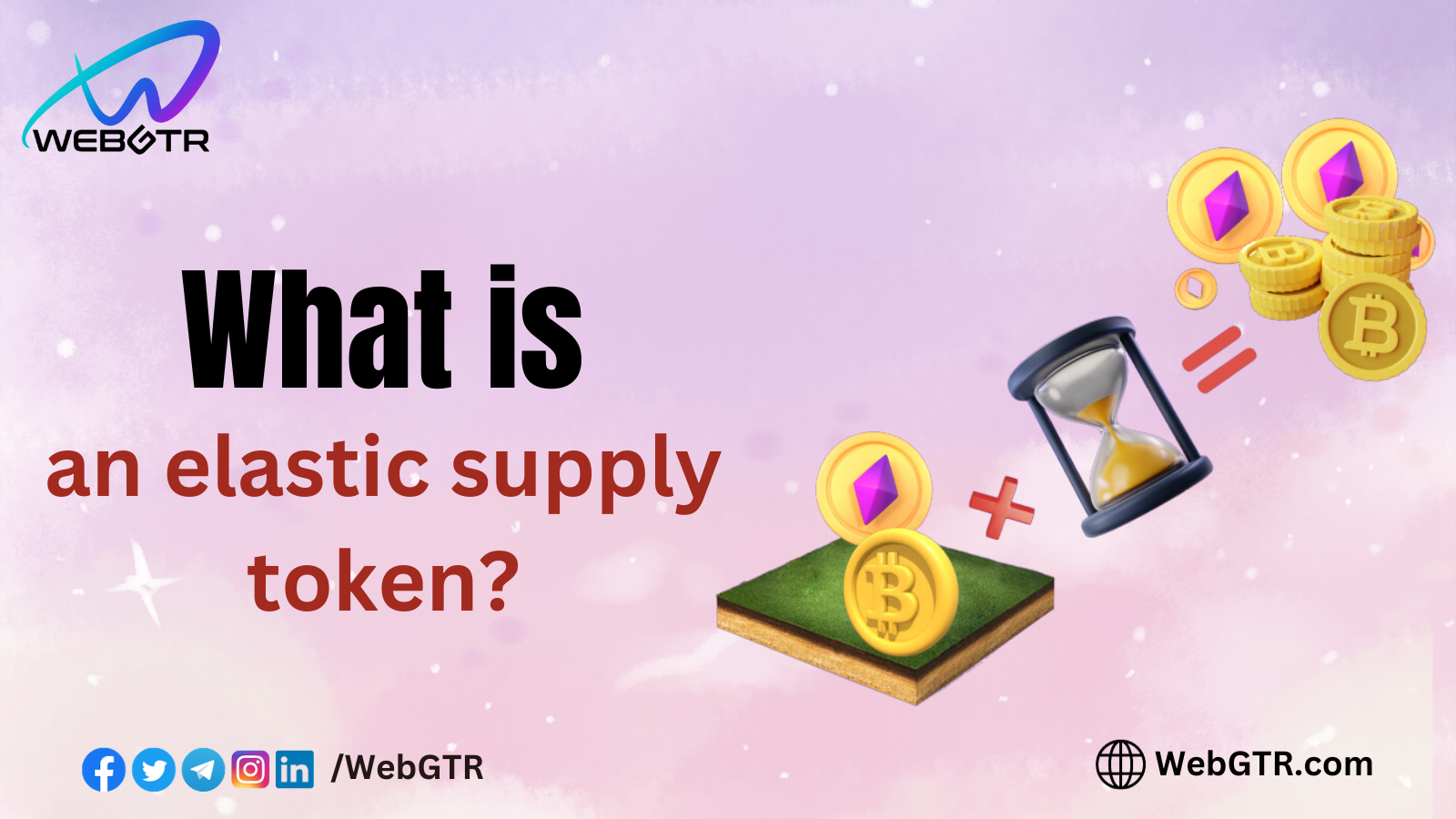
What is an elastic supply token?
An elastic supply token, also known as a rebase token, operates by dynamically adjusting its circulating supply in response to changes in token price. This expansion or contraction of supply is orchestrated through a mechanism known as rebasing, where the token’s supply is algorithmically increased or decreased based on its current price.
In certain aspects, elastic supply tokens share similarities with stablecoins, as they both target a specific price. However, the distinguishing factor lies in the approach: while stablecoins maintain a fixed supply, rebasing tokens achieve price stability through the modulation of their supply, allowing for flexibility and responsiveness to market conditions.
Wait, aren’t many cryptocurrencies operating with a changing supply?
Yes, to some extent. Currently, 6.25 new BTC is generated with every block. After the 2024 halving, this will be reduced to 3.125 per block. This rate is predictable, allowing us to estimate the future BTC supply after subsequent halving events.
In contrast, supply-elastic tokens operate differently. As mentioned, the rebasing mechanism adjusts the circulating supply of the token periodically. Consider an elastic supply token targeting a value of 1 USD. If the price exceeds 1 USD, the rebase increases the current supply, thereby reducing the value of each token. Conversely, if the price falls below 1 USD, the rebase decreases the supply, elevating the value of each token.
What does this mean from a practical standpoint?
The quantity of tokens in user wallets fluctuates during a rebase event. Consider Rebase USD (rUSD), a hypothetical token aiming for a price of 1 USD. Let’s assume you possess 100 rUSD securely stored in your hardware wallet. If the price falls below 1 USD and a rebase occurs, you’ll find that you now have only 96 rUSD in your wallet. However, each token will be proportionally worth more than before the rebase.
The fundamental concept is that your holdings, relative to the total supply, remain unchanged during a rebase. If you owned 1% of the supply before the rebase, you should still hold 1% after it, even if the number of coins in your wallet has altered. Essentially, your ownership share of the network persists regardless of the token’s price.
Looking for Blockchain Development, NFTs, Website Design, Token Creation, or Other services? Reach out to us at WebGTR. Let’s discuss and bring your vision to life.


Leave a Reply